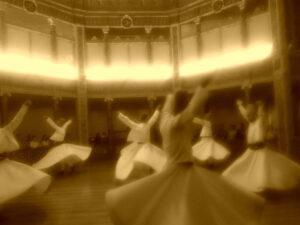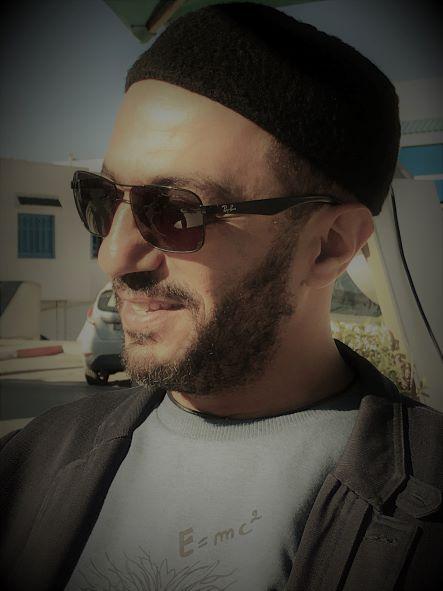Violence: The path of least resistance
By Khaled Diab
Despite the proven futility of blood-letting for both Israelis and Palestinians, violence is exercising an irresistible magnetic force.
Monday 19 October 2015
Like a giant mosquito, the surveillance helicopter buzzes overhead for much of the day and night to keep an eye on the Palestinian protesters and rioters beneath, and perhaps also to intimidate.
From our island of tranquillity atop the Mount of Olives – home to the world's most important Jewish cemetery and where Jesus reportedly wept over Jerusalem – we hear the chanting of protesters downhill, the boom of sound bombs, and shots being fired.
Jerusalem, the West Bank, the Palestinian towns and villages in Israel, as well as Gaza, are, once again, teetering on the edge of wide-scale revolt. Like the summer of 2014, no single day passes without numerous protests and clashes occurring across the increasingly isolated spaces and enclaves inhabited by the Palestinians.
This has revived the periodic speculation of whether the long-awaited third intifada has arrived. The stone was the symbol of the first intifada, and the suicide belt of the second. If this is the third intifada, then it's symbol may become the knife or the car as a ramming weapon.
For me, the question of whether this counts as an intifada is far less significant than the type of uprising it evolves into – violent or peaceful.
Israeli attempts at firefighting are only causing the flames to burn harder. Harsher rules of engagement which are encouraging Israeli security forces to become more trigger-happy and the apparent extra-judicial killing of a number of suspected or alleged Palestinian attackers has only provoked further anger and fear.
Extremists on the right are, like pyromaniacs, dousing petrol on the fire by calling for ever-tougher, more violent Israeli action.
On the other side of the fence, a growing minority of Palestinian civilians are turning to violence, with numerous attempted and actual stabbing attacks against often random Israeli passers-by, which achieves nothing but provoking Israeli fury and fear.
This raises the question of why it is, despite the proven inefficacy of blood-letting for both sides, violence appears to be exercising an irresistible magnetic force, drawing the situation towards the precipice of war.
In my view, this is because violence, in a way, is the path of least resistance. For Israel, it is far easier to use an iron fist to deal with the symptoms rather than treat the disease itself: the decades-old occupation and the attendant injustices it metes out on the Palestinian population. “The real problem is that Israel has chosen occupation over peace,” jailed Palestinian leader Marwan Barghouti wrote from his prison cell.
In addition, the fog of escalating conflict is a good cover for ideological settlers to drag the rest of Israeli society reluctantly towards completing the settlement enterprise and rendering impossible the dreams of Palestinian independence.
On the Palestinian side, the resort to violence seems to be fuelled largely by despair at the worsening situation, the accelerating loss of their lands and livelihoods, the repressive restrictions on their movements, the draconian martial law many of them live under. This is reflected in how all the attacks seem to be carried out by “lone wolves”.
There is also the lack of leadership and vision among Palestinian leaders, and their inability, partly due to Israeli restrictions, to mobilise wide-scale and sustained protest. Palestinians are also disillusioned by the lack of international support and the precious few fruits peaceful means – from negotiations to protest – seem to have borne.
If the world has ignored years of peaceful protest, Palestinian radicals claim, then violence is the only way to liberate Palestinians from occupation. But in the toss-up between the olive branch and the gun, it is peaceful agitation against the occupation which has delivered the most promising results, as demonstrated by the greater success of the first intifada compared with the second.
____
Follow Khaled Diab on Twitter.
This article first appeared in Dutch in De Morgen on 14 October 2015.



Two very different conversations happening here.